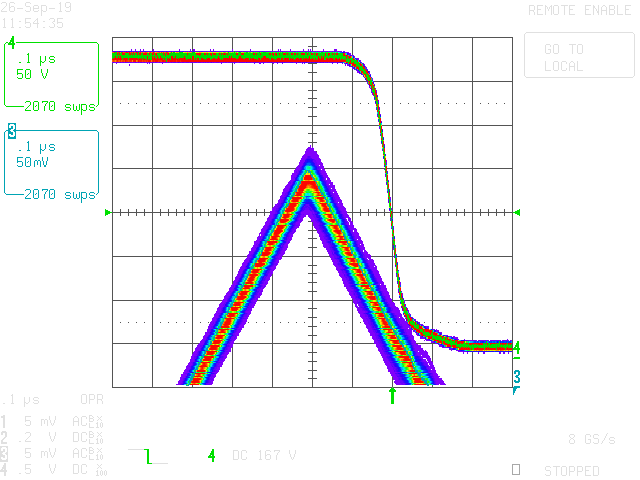Other Parts Discussed in Thread: PMP20795
Hi,
I'm using UCC256302 in 300W LLC converter fed from 380V DC and running at approximately 180kHz.
My issue is with output ripple which i cannot get stable and i have traced the issue back to noise in the IC oscillator on VCR pin.
The details are given in the attached document.
Can you please advise if you are aware of this issue and if there is any resolution?
Thanks,UCC256302_jitter.pdf



